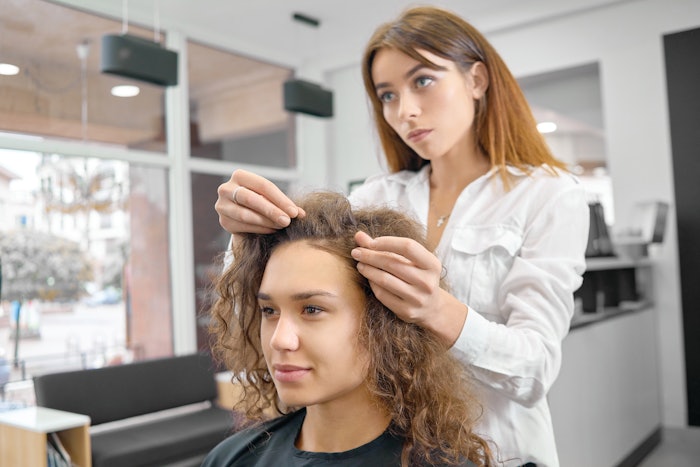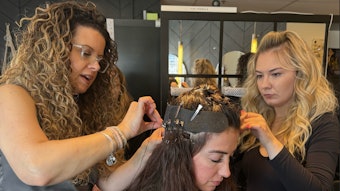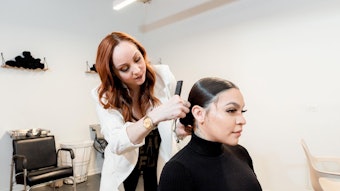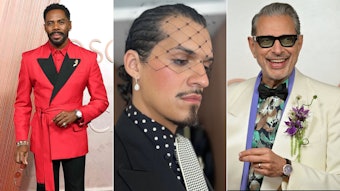
If you want to grow your clientele and reach new customers, this may require you to learn to work with new hair types and textures.
It can be daunting to learn a new skill, especially if you don’t know where to start. Here Coral Lahiani (@corallahiani), founder/CEO of The Coral Lahiani Institute for Advanced Cosmetology, shares her advice for learning to work with new hair types, textures and styles.
Beauty Launchpad (BLP): How did you learn to work with new hair types/textures?
Coral Lahiani (CL): Fortunately, for me, it was natural. I grew up in Hyde Park, a very integrated/diverse community on Chicago’s South Side at the University of Chicago’s campus. I sometimes call it the Mecca of Chicago because the city is very segregated in our various neighborhoods, but not Hyde Park. I was blessed to experience every kind of person from every kind of place in the world. Being curious and a child prodigy, I started by asking to brush and braid my friend’s hair, which turned into them paying me and asking me to do their hair. By high school, I had a small clientele.
BLP: What inspired you to have a passion for teaching hair professionals to work with new hair types/textures/styles?
CL: One thing I know for sure, is to be competitive in the beauty industry you must continue to add to your arsenals. This means not only staying sharp with your technical skills but also continuing to take risks and constantly reinvent yourself by trying new things. I like to think of my salon and institute as the lab. This was my inspiration for creating The Coral Lahiani Institute for Advanced Cosmetology, to build a safe space for beauty professionals to practice, learn, teach and grow their businesses in a supportive environment that nurtures experimentation to help develop creativity.
BLP: Why is it important for stylists to work with new hair types/textures/styles that they may not be familiar with?
CL: I believe it is extremely important because the world is changing rapidly, and if you are planning for any longevity in this industry, you should prepare for seeing people who don’t look like you or come from diverse backgrounds to walk into your salon. The worst thing you can do as a professional is to be unskilled/unprepared and turn clients away. The result means loss of revenue and could jeopardize your reputation as a professional, which could have tremendous consequences.
BLP: What is some advice you have for stylists that are looking to branch out and learn to work with new hair types/textures?
CL: The first thing I would suggest is for stylists to get a mentor. I have nearly 40 years in the industry, and there are still areas I recruit mentors in because of all the advancements made and how often things change. Of course, now my mentors are morein the realm of business and less in behind the chair work, but it depends on where your interest lies. Of course, The Coral Lahiani Institute for Advanced Cosmetology was created for just this type of training, and we are more than willing to facilitate one-on-one classes. If you are truly interested in learning how to work with different hair types, you should be asking for models to practice on. Beauty schools are excellent places to recruit models and possibly barter. Then, ask for your mentor to carve out time for you and your model to show up and practice. Remember, if you want to become good at something, you must practice, but if you want to become excellent at something, you must practice a lot.
















